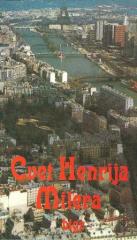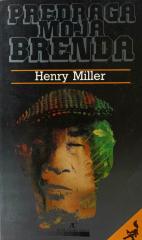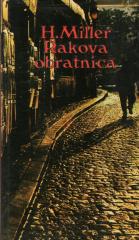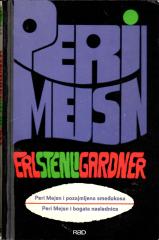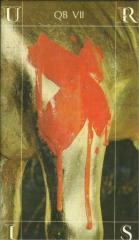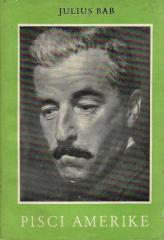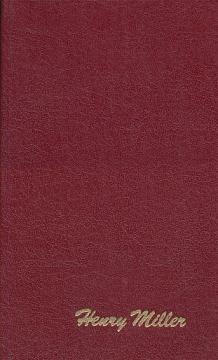
Ružičasto raspeće II: Plexus
Plexus (1953), drugi dio trilogije, nastavlja autobiografsku priču započetu u Sexusu. Roman se fokusira na Millerov život u New Yorku 1920-ih, istražujući njegovu umjetničku potragu, odnose i borbu za slobodu od društvenih konvencija.
Protagonist, Millerov alter ego, živi boemski život, pokušavajući se afirmirati kao pisac. U braku s Maude, osjeća se zarobljenim, dok njegova opsesija Marom (inspiriranom June Mansfield) blijedi, ali i dalje utječe na njegove emocije. Roman se manje bavi seksualnošću nego Sexus, a više introspekcijom i umjetničkim ambicijama. Miller opisuje susrete s ekscentričnim likovima – umjetnicima, pisacima i boemima – koji oblikuju njegov svjetonazor. Kroz razgovore i digresije, istražuje teme književnosti, filozofije i duhovnosti, često se oslanjajući na svoje čitanje Dostojevskog, Nietzschea i istočnjačkih mislilaca.
Stil je poetičan, asocijativan i introspektivan, s manje naglaska na erotiku, a više na unutarnji sukob između materijalnih potreba i duhovne slobode. Roman prikazuje New York kao živopisnu, kaotičnu pozornicu, gdje protagonist traži autentičnost kroz umjetnost i prijateljstva.Plexus je priča o umjetnikovu sazrijevanju, isprepletena s refleksijama o stvaralaštvu i otporu prema konformizmu. Bez strogog zapleta, roman gradi temelj za završni dio trilogije, Nexus.
Jedan primjerak je u ponudi
